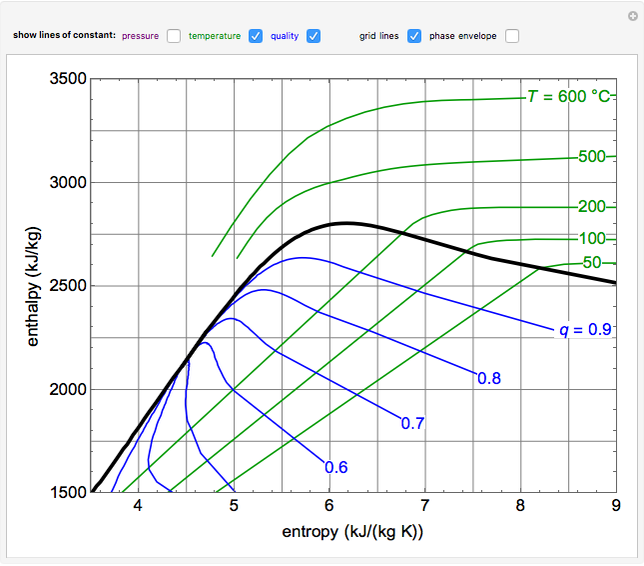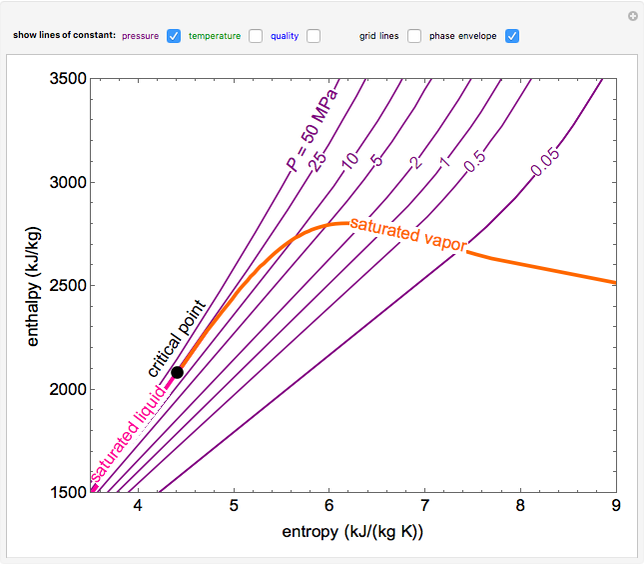As a Restoration Professional, you are aware that water damage restoration is a complex process that involves many different factors. One of the most important of these factors is the concept of enthalpy.
Enthalpy is a thermodynamic property that describes the total energy of a system, including both its internal energy and the energy required to move it from one location to another. In the context of water damage restoration, enthalpy plays a critical role in understanding the behavior of moisture and humidity in the environment.
When water damage occurs, it is not only the standing water that needs to be removed but also the excess moisture in the air and building materials. This moisture can cause secondary damage such as mold growth and deterioration of structural materials. Therefore, it is crucial to control the temperature and humidity levels in the affected space to prevent further damage.
Enthalpy is particularly relevant in this process because it helps us understand how much energy is required to remove moisture from a given space. This is important because different materials have different moisture content and require different amounts of energy to dry effectively. For example, a plaster wall will require more energy to dry than a drywall surface because it has a higher moisture content.
In the water restoration process, we use tools such as dehumidifiers and air movers to control the temperature and humidity levels in the affected space. The goal is to lower the enthalpy of the air in the space, making it easier to remove the excess moisture. This process requires a delicate balance between temperature, humidity, and air movement to ensure that the environment is optimal for effective drying.


It’s important to note that the use of enthalpy is not a one-size-fits-all solution in water damage restoration. Every situation is unique and requires a customized approach to ensure effective drying. This is why it’s important for restoration professionals to gain the experience and knowledge to assess each situation and develop a tailored plan of action.
In conclusion, enthalpy is a critical factor in the water damage restoration process. By understanding how it relates to moisture and humidity, restoration professionals can develop effective drying strategies that minimize damage and ensure a successful restoration.
